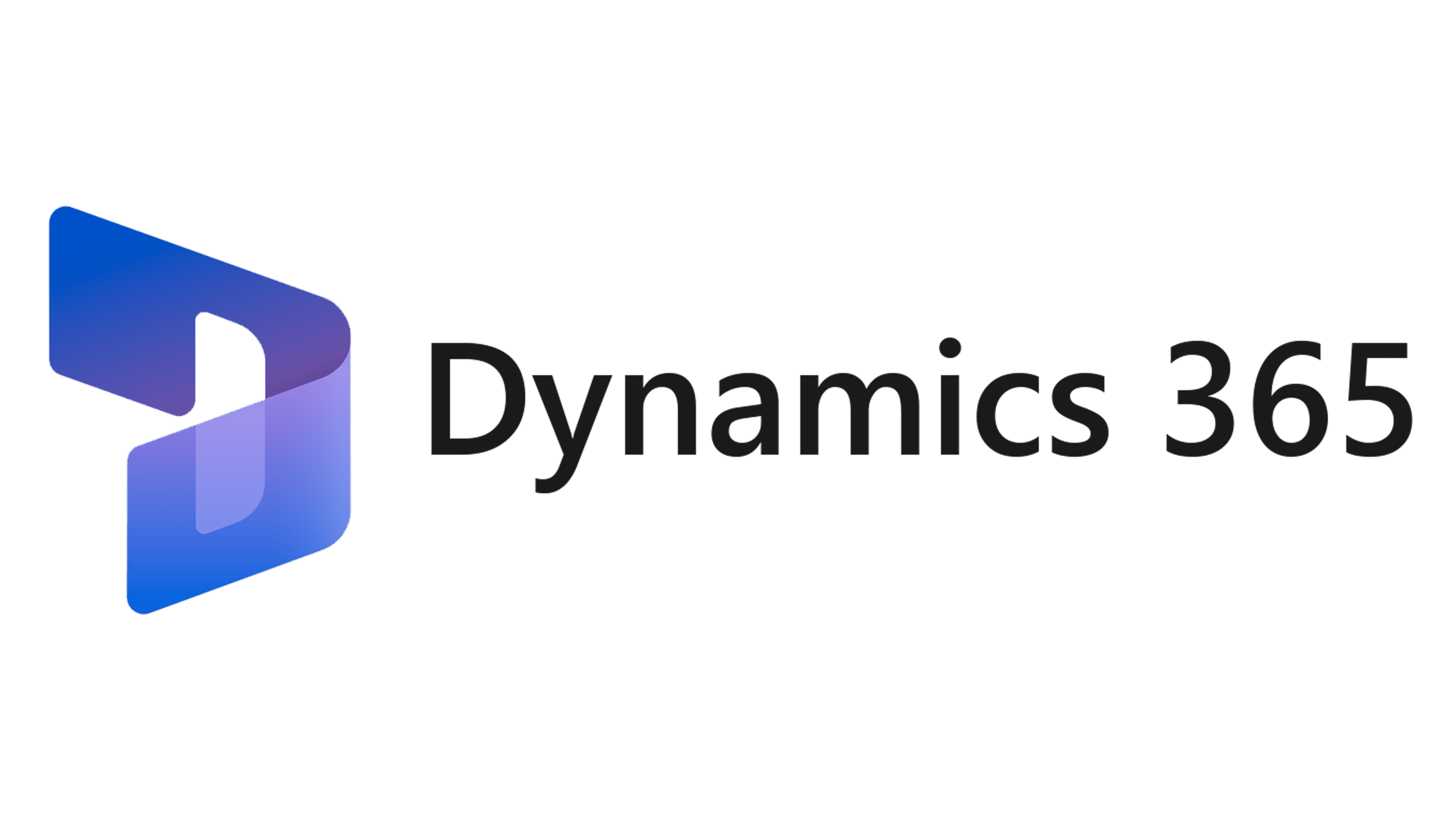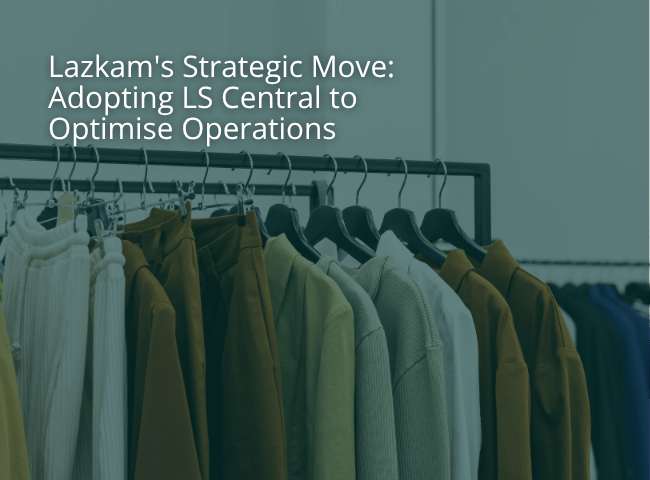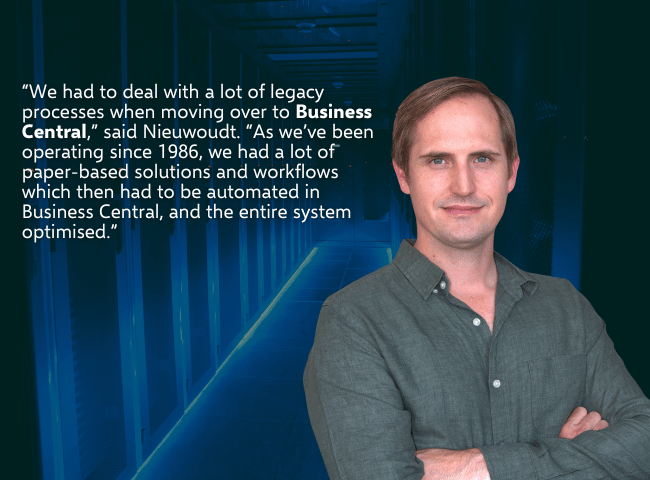Chief Financial Officers (CFOs) of large corporations, especially those that operate in various countries and territories, have their hands full trying to achieve clean and accurate audits across their entire businesses.
The task is crucial, however time zones, cultural differences and a host of geographical and logistical challenges such as hundreds of different product systems, mean that achieving a single financial view across the business is a mammoth task. In many cases, it is impossible, which is why the right technology implemented correctly, taking into account people, processes and company culture, is paramount.
The inordinate amount of time it takes for various enterprise business units and regions to gather and prepare data for reports can be crippling to a business. For example, a multinational financial services operation might have various business streams in the form of banking, asset management, life assurance, insurance, unit trusts and more, each with their own set of regulations and compliance obligations.
This causes a time lag, where a reliance on manual input results in extended reporting timelines. Beyond this, various levels of human input and intervention create additional risk where inaccuracies can become compounded.

The golden standard is having a single, real-time and automated view of an organisation’s finances, across businesses and time zones.
While achieving this is not easy – because if it was simple the problem wouldn’t exist – it is entirely doable with an experienced partner and the right technology stack. Businesses should therefore seek out partners who understand the unique and pressing challenges of CFOs, preferably with actual CFO expertise within their consulting teams, as this immediately breaks down the first barrier: a keen appreciation of the pressures that need to be alleviated.
Any investment carries a cost implication, and when considering the return on investment (ROI) for an enterprise organisation – especially one with multiple business streams across borders – should weigh the value a flexible and scalable operating system unlocks against the costs the business would incur when financial and reporting systems do not align. The math is simple and often blatant.
Since the advent of cloud computing, it is fair to say the world of business has changed for good, and so investing in cloud technologies is guaranteed to future-proof a business as definitively as sticking with the old paradigm of human-driven spreadsheets and multiple product systems is guaranteed to prevent competitiveness and efficiency.
Microsoft Dynamics 365 is poised to radically transform businesses that need harmony across their financial and reporting systems if it is implemented by experts who understand the technology stack and who appreciate the nuances of reporting, as well as the criticality of getting buy-in from across the business. Technology forced from the top down, without careful management of people and the requisite shifting of processes, simply won’t live up to expectation.
There are more than enough horror stories out there of large implementations that went over budget, over time, and did little to solve the initial problem. Businesses can avoid this.
Achieving buy-in from the entire organisation translates into an investment of their time, both in the design phase as well as the implementation itself. This cannot be an afterthought or be done in isolation. Businesses would do well to seek out a partner that understands that finance teams and other crucial stakeholders need to be included and participate from the very beginning of the project. There needs to be patience and pragmatism to win the trust of people across business units, time zones and cultures.
A successful implementation needs to start with the objective of helping finance become a strategic partner. This is only achieved by restructuring the business and delivering on a unified platform with an end-to-end view of all relevant financial and non-financial data. It has to be underpinned by a deliberate strategy of standardisation, where chartered accountants, processes and internal controls all work on the same system, resulting in a seamless flow of data into the company’s general ledger.
To a business that has not yet digitally transformed, this might sound like wishful thinking, but it is absolutely doable. With D365’s powerful automation capabilities, this, and similar revolutionary changes across the business, enables real-time insight and decision-making.
We are well into the digital age and so there really is no need for businesses to struggle with legacy systems. Multi-tiered enterprises, working with knowledgeable partners, can incorporate world-class technology to improve efficiency and accuracy, streamline their operations, minimise risk and enhance financial management. This is exactly what CFOs managing large, multi-territory and multi-tiered enterprises need to achieve.







